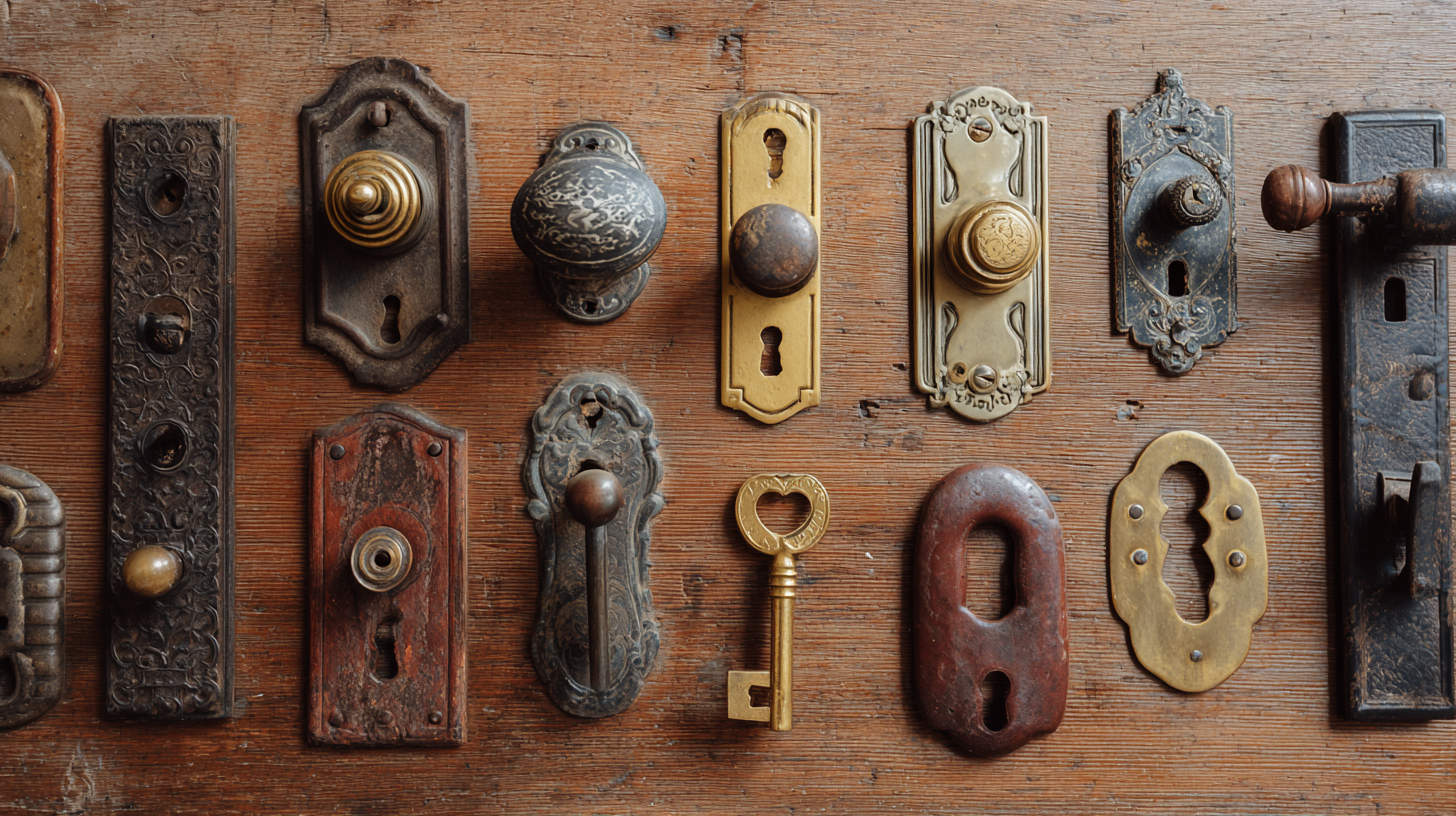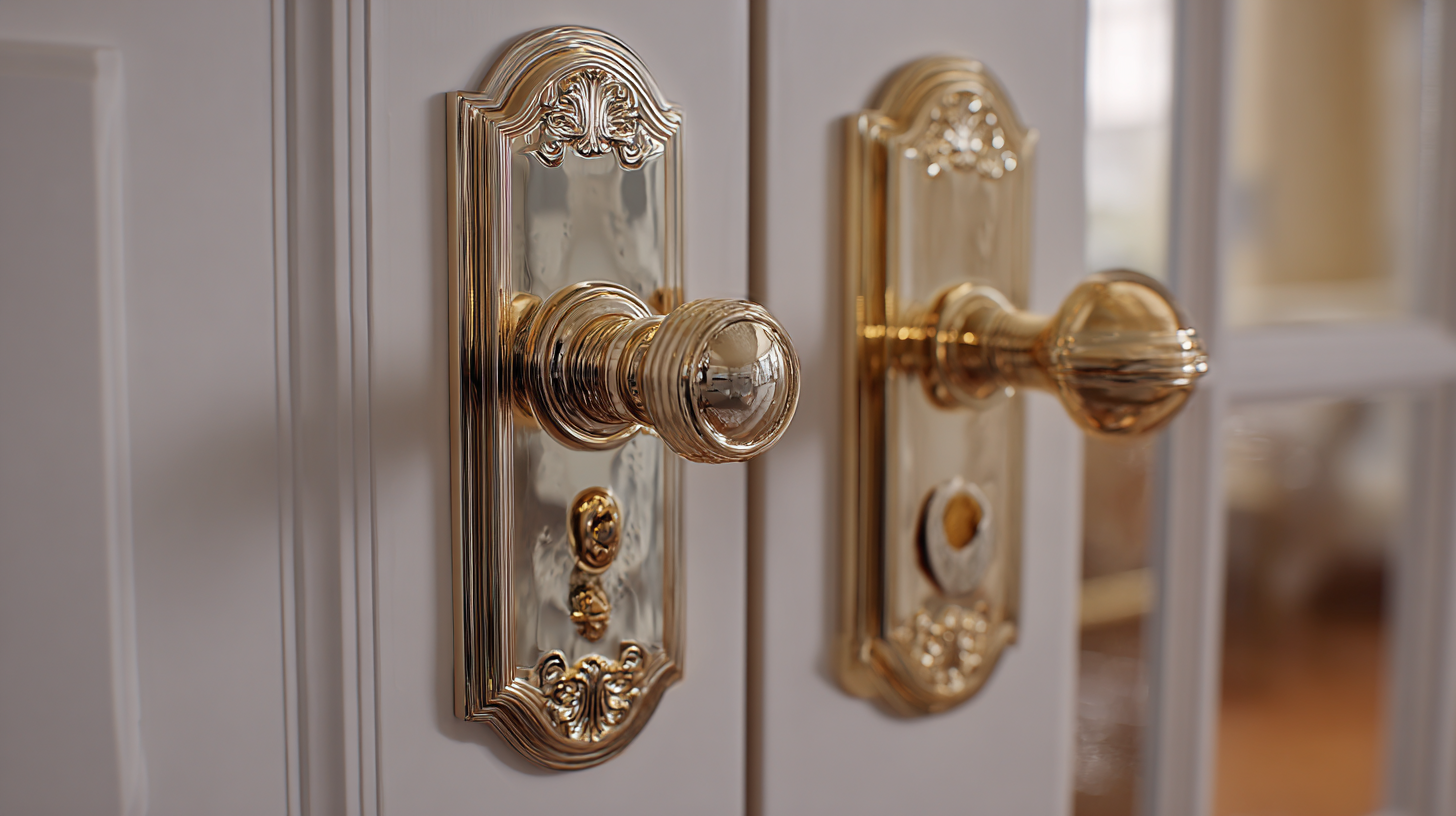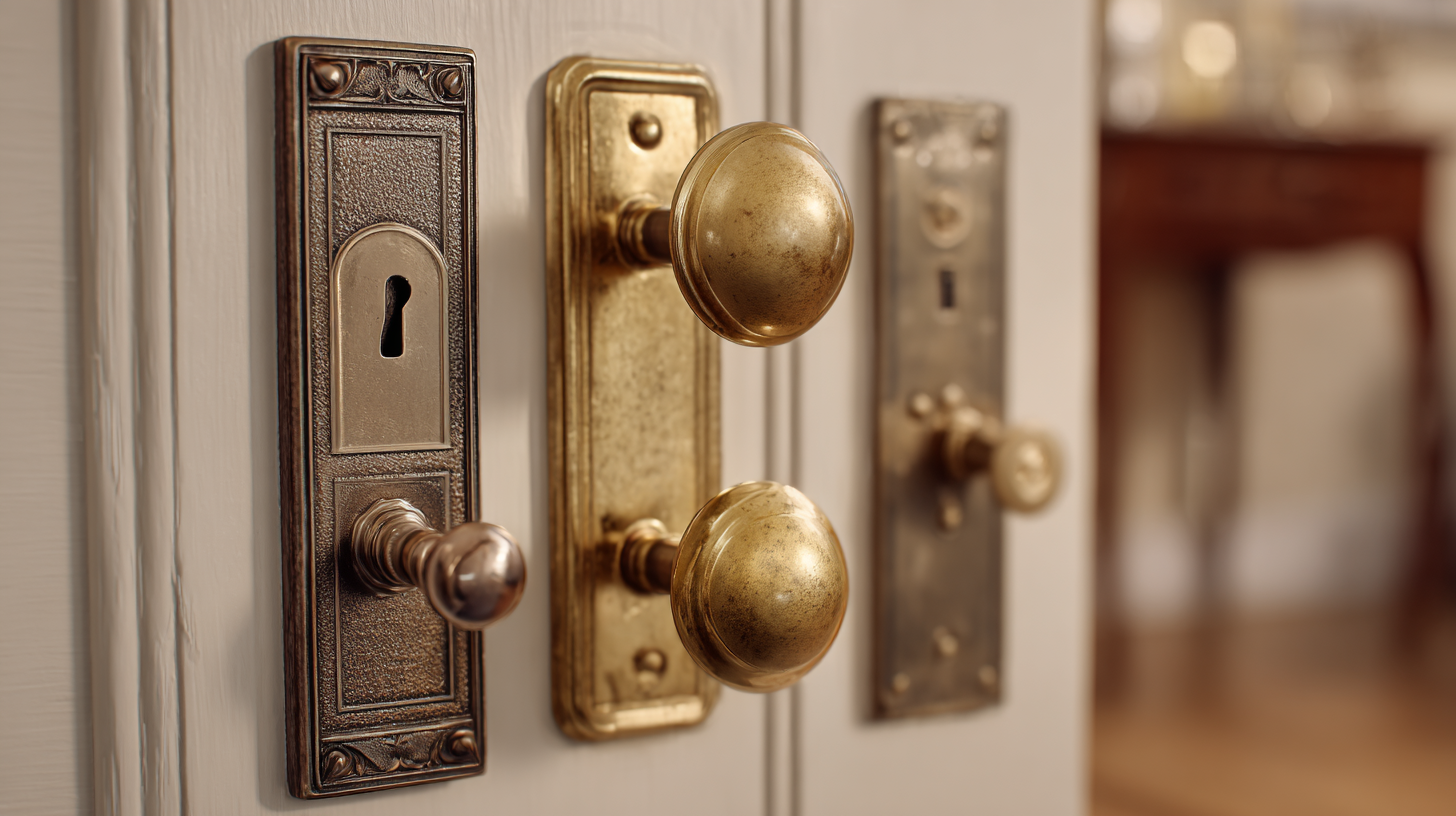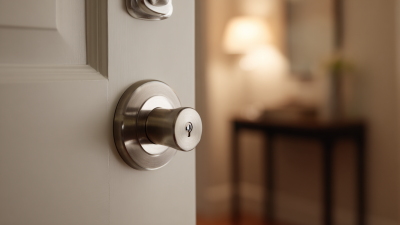What is Door Hardware? A Comprehensive Guide to Types and Functions
 The door hardware industry plays a crucial role in the security and functionality of any building, whether residential or commercial. According to a recent report by MarketsandMarkets, the global door hardware market is projected to reach $90 billion by 2025, growing at a CAGR of around 5% from 2020. This growth is attributed to increased investments in infrastructure and an emphasis on security solutions in urban areas. As industry expert John Smith, a leading consultant in architectural hardware, aptly states, “The evolution of door hardware reflects our growing need for safety and accessibility in our everyday environments.”
The door hardware industry plays a crucial role in the security and functionality of any building, whether residential or commercial. According to a recent report by MarketsandMarkets, the global door hardware market is projected to reach $90 billion by 2025, growing at a CAGR of around 5% from 2020. This growth is attributed to increased investments in infrastructure and an emphasis on security solutions in urban areas. As industry expert John Smith, a leading consultant in architectural hardware, aptly states, “The evolution of door hardware reflects our growing need for safety and accessibility in our everyday environments.”
Understanding the types and functions of door hardware is essential for designing secure and efficient spaces. From traditional locks to modern smart systems, the range of options available has expanded dramatically. In this comprehensive guide, we will explore various types of door hardware—such as handles, locks, hinges, and closers—highlighting their specific functions and applications. The significance of selecting the right door hardware extends beyond simple access; it can significantly impact safety, compliance with building codes, and the overall aesthetic of a property. With the continuing advancements in technology, including smart locking mechanisms and integrated security systems, the future of door hardware presents exciting possibilities for both homeowners and builders alike.
Table of Contents
[Hide]
Understanding Door Hardware: Definition and Importance in Building Security
Understanding door hardware is crucial for enhancing building security, particularly in sensitive environments. According to the Security Industry Association, effective door hardware can significantly reduce unauthorized access, thus ensuring safety for occupants. For instance, installing high-quality locks and electronic access control systems can decrease break-in attempts by up to 60%. This underscores the importance of selecting appropriate door hardware to bolster security measures.
In modern building design, especially within BIM (Building Information Modeling) frameworks, understanding the role of door hardware is essential. BIM facilitates a collaborative approach among industry professionals, allowing for more efficient security planning and implementation. As reported by the National Institute of Building Sciences, integrating door hardware data into BIM can lead to a 25% reduction in project timelines. This integration ensures that security technology, devices, and practices are aligned with architectural designs, enhancing overall safety and compliance with fire safety regulations in compact environments. By leveraging these tools and insights, security professionals can better understand and address the complexities of building security, ultimately creating safer spaces for occupants.
Types of Door Hardware: Key Components and Their Functionalities
Door hardware encompasses a variety of crucial components that ensure both functionality and security for any entryway. Key elements of door hardware include handles, locks, hinges, and latches, each playing a specific role in the overall operation of a door. For instance, door handles not only provide a means for opening and closing but also affect the aesthetic appeal of the doorway. They come in various styles, such as lever or knob handles, each suited for different door types and user preferences.
Locks are fundamental for security, serving to protect against unauthorized access. There are different types of locks, including deadbolts, smart locks, and mortise locks, each offering varying levels of protection and convenience. Additionally, hinges are essential for the smooth operation of a door, supporting its weight while allowing it to swing open or closed. Some doors may also incorporate specialized hardware like closers and stops, further enhancing their functionality. Understanding these key components and their functionalities is crucial for making informed decisions about door hardware that meets specific needs and preferences.
Types of Door Hardware and Their Functions
This bar chart illustrates the number of installations of various types of door hardware, highlighting their importance in residential and commercial properties. The data reflects trends in recent years, showing that hinges and locks are the most commonly installed components.
Current Trends in Door Hardware Design: A Look at Aesthetic and Practical Innovations
Current trends in door hardware design reflect a blend of aesthetic appeal and functional innovation. As homeowners increasingly seek to enhance their interiors, the emphasis on visually striking door hardware has grown. According to a recent report from the Door Hardware Institute, 62% of consumers now consider design as a primary factor in their purchasing decisions. This shift has prompted manufacturers to invest in stylish finishes, such as matte black and brushed brass, which complement modern and traditional decor alike.
In addition to aesthetics, functionality remains crucial in today's door hardware market. With the rise of smart home technology, brands are introducing innovative solutions that enhance security and convenience. The global smart lock market is projected to reach $4.5 billion by 2025, according to a report by Markets and Markets. Features such as keyless entry, remote locking, and integration with smart home systems are becoming standard, transforming door hardware from mere decorative elements into essential components of home security. As these trends continue to evolve, the door hardware industry is poised to offer consumers a harmonious blend of style and performance.
Industry Standards and Regulations Affecting Door Hardware Choices
 When selecting door hardware, it is crucial to consider industry standards and regulations that govern its use. These standards ensure safety, accessibility, and durability in various environments, ranging from residential to commercial properties. For example, the American National Standards Institute (ANSI) provides specifications for performance and quality, helping manufacturers create products that can withstand specific conditions and usage patterns. Compliance with these standards not only enhances the functionality of door hardware but also protects the interests of consumers by ensuring reliability.
When selecting door hardware, it is crucial to consider industry standards and regulations that govern its use. These standards ensure safety, accessibility, and durability in various environments, ranging from residential to commercial properties. For example, the American National Standards Institute (ANSI) provides specifications for performance and quality, helping manufacturers create products that can withstand specific conditions and usage patterns. Compliance with these standards not only enhances the functionality of door hardware but also protects the interests of consumers by ensuring reliability.
In addition to ANSI, building codes and local regulations also play a vital role in door hardware selection. These regulations often include guidelines for hardware that meets fire safety standards, accessibility requirements under the Americans with Disabilities Act (ADA), and structural integrity in specific environments. Different regions may have unique codes that affect not only the types of door hardware that can be used but also how they should be installed. Understanding and adhering to these industry standards and regulations is essential for ensuring that the chosen door hardware is both compliant and effective in its intended application.
Future Projections: The Evolution of Door Hardware in Smart Home Technology
The evolution of door hardware is witnessing a significant shift towards integration with smart home technology. As homes become increasingly automated, door hardware must adapt to functionalities beyond traditional locking mechanisms. Smart locks exemplify this evolution, incorporating artificial intelligence to enhance home security while providing users greater convenience through features like remote access and personalized security settings. The transformation is not only about advanced locks but also about creating a cohesive smart living environment, integrating door hardware with other smart devices in the home.

Looking ahead, the market for smart door hardware is projected to grow alongside advancements in AI and IoT. The global landscape is shifting towards interconnected systems where users can control every element of their home from mobile devices. The potential for AI-driven solutions to revolutionize door hardware is immense, as it promises smarter, more intuitive products. As industry leaders compete to harness these technologies, consumers can expect door hardware that not only meets basic security needs but also enriches their living experience, forming a critical component of the intelligent home ecosystem.
Related Posts
-

What is the Future of Door Hardware in a Globalized Marketplace
-

Unlocking the Future of Door Hardware Innovations Transforming Security and Style for Your Home
-

7 Best Sliding Doors for Modern Homes That Elevate Your Space
-

How to Choose the Perfect Sliding Doors for Your Home
-

How to Choose the Perfect Sliding Doors for Your Home
-

How to Choose the Perfect Sliding Doors for Your Home